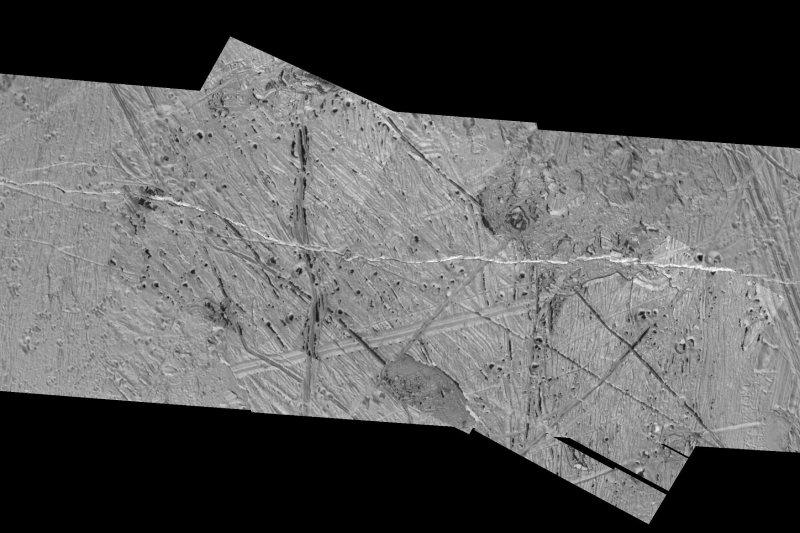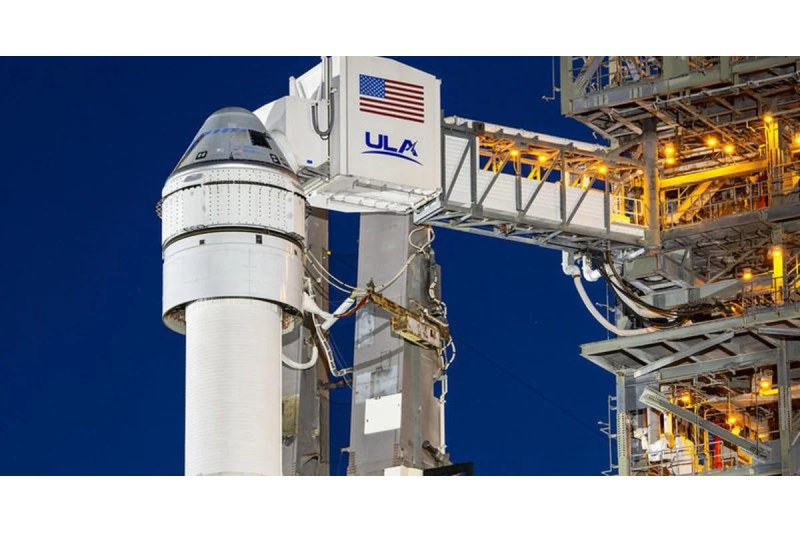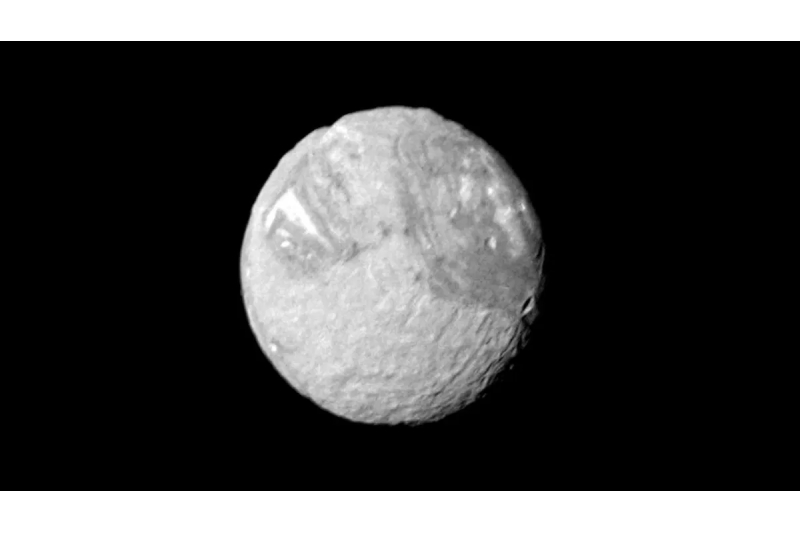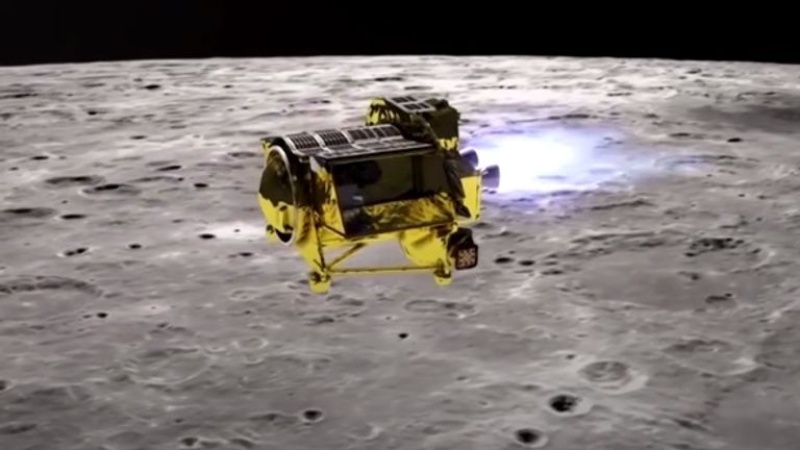The agency’s Europa Clipper spacecraft will launch in October bearing a richly layered dispatch comprising over 2.6 million publically contributed names.
As part of NASA’s long-standing mission to send inspirational messages into space, the space agency has unique plans for Europa Clipper, which is scheduled to launch later this year toward Jupiter’s moon Europa. With an ocean beneath its frozen cover that contains more water than all of Earth’s oceans combined, the moon provides compelling evidence of having an ocean. The spacecraft will pay homage to the connection to Earth in multiple ways with a triangular metal plate.
The engraving of “In Praise of Mystery: A Poem for Europa,” written by U.S. Poet Laureate Ada Limón by hand, and a silicon microchip stenciled with more than 2.6 million names donated by the public form the centerpiece of the artifact. A bottle with an allusion to NASA’s “Message in a Bottle” campaign, which asked people to send their names along with the ship, would be depicted with the microchip at its heart, amidst the Jovian system.
‘Golden record’ status for Europe
The plate, which measures roughly 7 by 11 inches (18 by 28 centimeters) and is made of tantalum, has visual components on both sides. The artwork on the panel facing outward emphasizes how Earth and Europa are connected. Recordings of the word “water” spoken in 103 different languages from various language groups were gathered by linguists. Waveforms, which are graphic depictions of sound waves, were created from the audio data and then etched onto the plate. Waveforms emanate from an American Sign Language sign that signifies “water.”
The multilayered message on Europa Clipper seeks to pique curiosity and provide a cohesive vision, following in the footsteps of the Golden Record of the Voyager spacecraft, which uses sounds and visuals to illustrate the diversity and depth of life on Earth.
“The content and design of Europa Clipper’s vault plate are swimming with meaning,” remarked Lori Glaze, who oversees the Planetary Science Division at NASA Headquarters in Washington. “The plate combines the best humanity has to offer across the universe—science, technology, education, art, and math. The message of connection through water, essential for all forms of life as we know it, perfectly illustrates Earth’s tie to this mysterious ocean world we are setting out to explore.”
At the heart of the artifact is an engraving of U.S. Poet Laureate Ada Limón’s handwritten “In Praise of Mystery: A Poem for Europa,” along with a silicon microchip stenciled with more than 2.6 million names submitted by the public. The microchip will be the centerpiece of an illustration of a bottle amid the Jovian system—a reference to NASA’s “Message in a Bottle” campaign, which invited the public to send their names with the spacecraft.
Making contact with the universe
Following a 1.6-billion-mile (2.6-billion-kilometer) flight, Europa Clipper is scheduled to start orbiting Jupiter in 2030, with 49 near flybys of Europa. The sophisticated set of science instruments on board the spacecraft will collect information about the moon’s thin atmosphere, frozen crust, subsurface ocean, and space environment in order to assess whether or not there are circumstances that potentially host life.
The enormous metal vault that houses the instruments’ electronics shields them from the harsh radiation of Jupiter. An aperture in the vault will be sealed with the commemorative plate.
On the inward-facing side of the plate, the Drake Equation is also inscribed, as the mission revolves around the hunt for livable conditions. The mathematical method for estimating the likelihood of discovering intelligent civilizations beyond Earth was created in 1961 by astronomer Frank Drake. Since then, the equation has influenced and directed astrobiology and allied fields of study.
Furthermore, the artwork on the side of the plate that faces inward will make reference to radio frequencies that are thought to be feasible for interstellar communication, signifying how humans use this radio spectrum to listen for signals from space. Astronomers refer to these specific frequencies as the “water hole” because they coincide with the radio waves that make up water molecules in space. They appear as radio emission lines on the plate.
Lastly, the plate features a portrait of Ron Greeley, one of the pioneers of planetary science, whose preliminary work on a Europa mission two decades ago served as the impetus for Europa Clipper.
“We’ve packed a lot of thought and inspiration into this plate design, as we have into this mission itself,” says Robert Pappalardo, Project Scientist at NASA’s Jet Propulsion Laboratory in Southern California. “It’s been a decades-long journey, and we can’t wait to see what Europa Clipper shows us in this water world.”
After Europa Clipper is finished being assembled at JPL, it will be transported to NASA’s Kennedy Space Center in Florida so that it can be launched in October.




